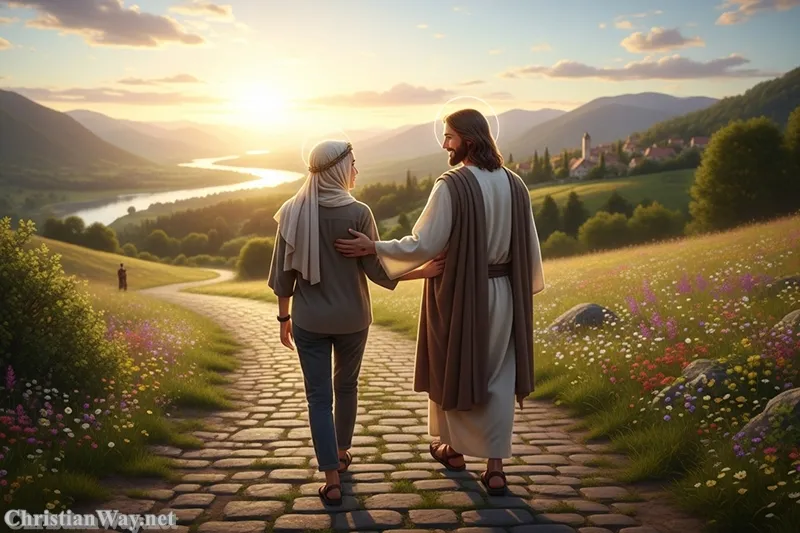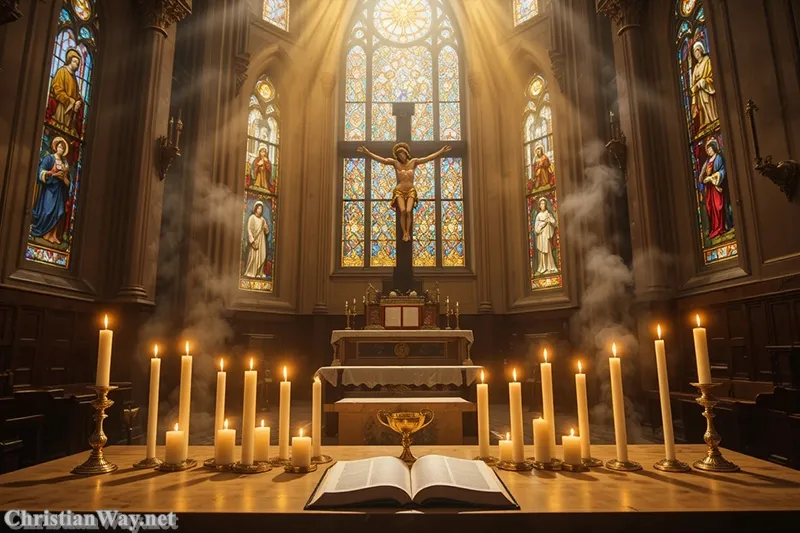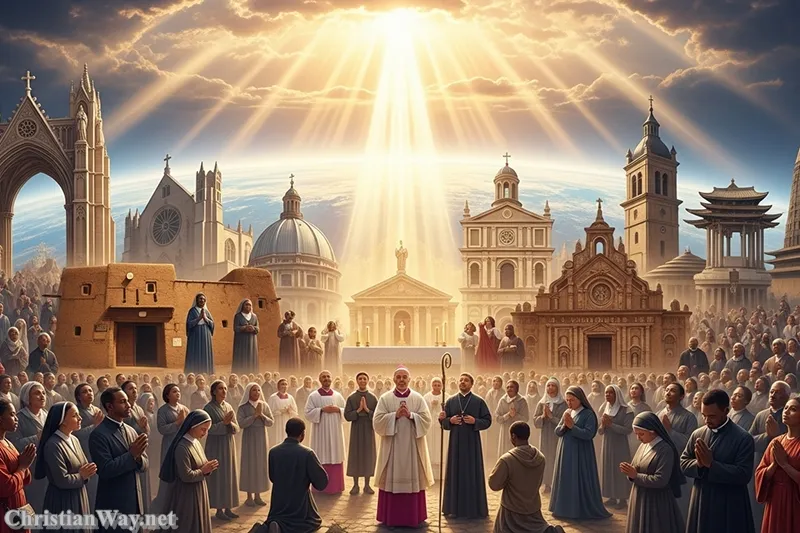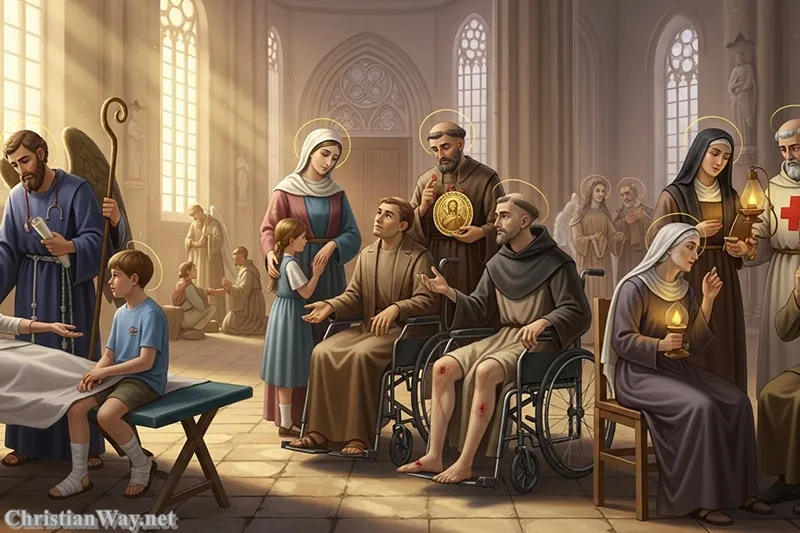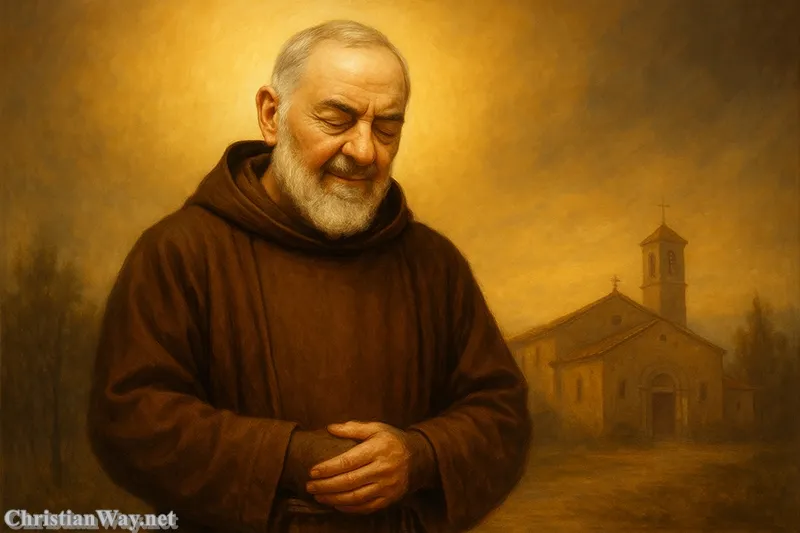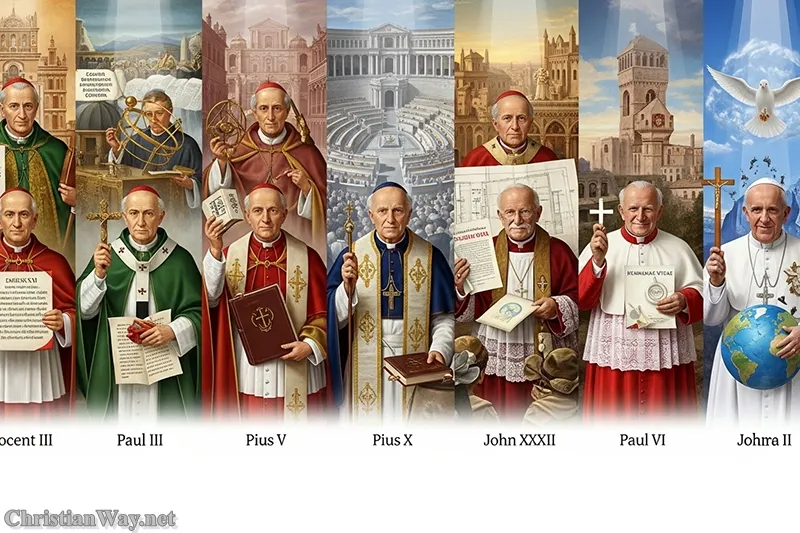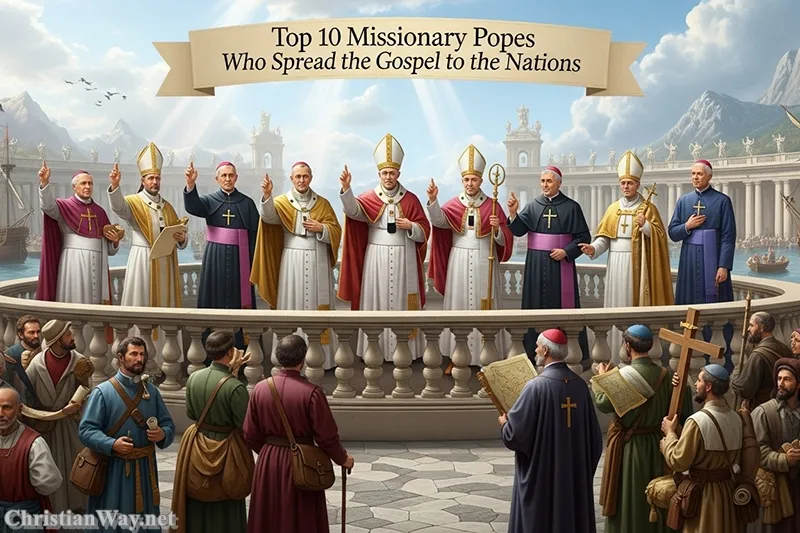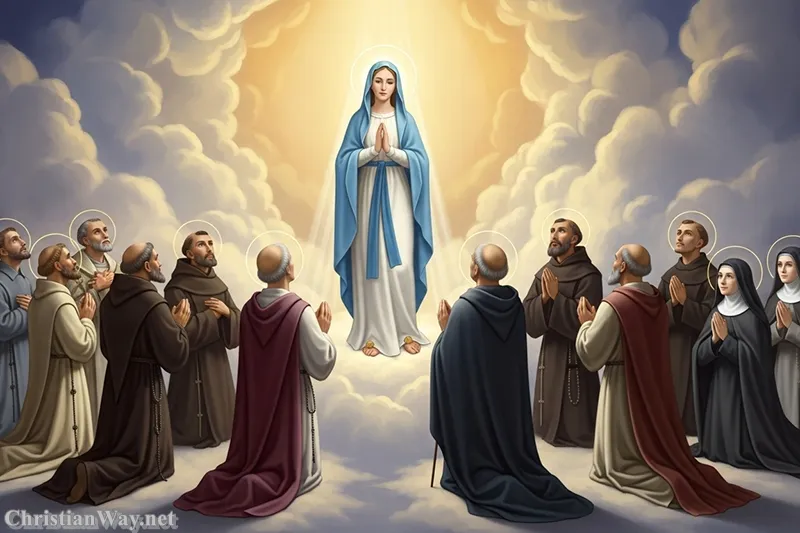Dear friends in Christ,
When we look at the great story of Western civilization — its art and philosophy, its cathedrals and universities, its laws and moral conscience — we cannot separate its heart from the papacy. Through centuries of triumph and trial, the successors of Saint Peter have not only shepherded the Church but also profoundly shaped the world around them.
From Rome’s fading empire to the rise of medieval Christendom, from the birth of the Renaissance to the modern dialogue of faith and reason, the popes have stood as both spiritual fathers and cultural architects. Some faced emperors and tyrants; others inspired saints, scholars, and reformers. Each, in his own way, helped guide the soul of the West toward the light of Christ.
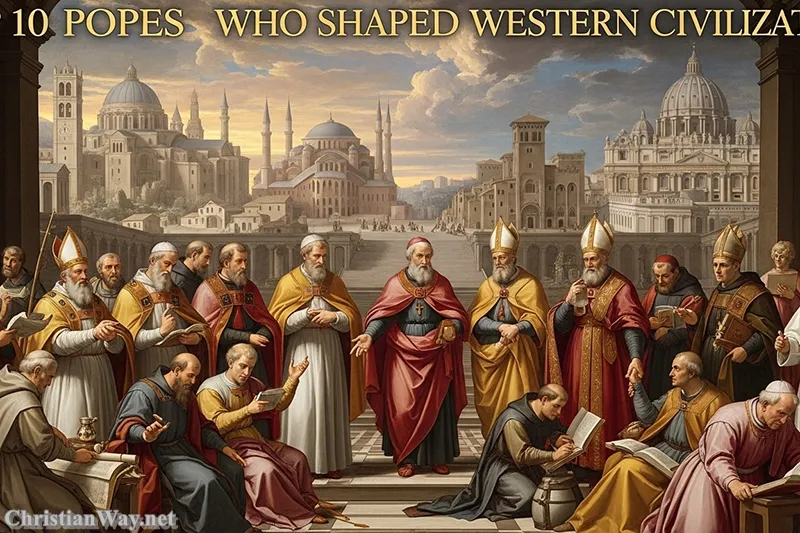
Let us journey through history and meet ten remarkable pontiffs — the popes who changed history, the most influential popes whose papal influence on Europe still echoes in our world today.
1. Saint Peter (c. AD 30–64): The Rock of the Church
No list of transformative popes can begin without the first: Saint Peter, the humble fisherman called by Jesus to “feed My sheep.” His faith and martyrdom in Rome became the foundation upon which all papal authority rests. Peter’s leadership gave birth to a Church that would endure through centuries — a community united not by empire, but by the love of Christ.
In his courage to die for the Gospel, Peter gave Western civilization its first lesson in true leadership: that power finds its purpose in service, and greatness in humility.
2. Pope Gregory I (Gregory the Great, 590–604): The Father of Christian Europe
Pope Gregory the Great inherited a world in chaos — Rome weakened, famine rampant, and the empire fragmented. Yet through prayer and tireless reform, he gave birth to a new Christian order.
Gregory organized charity for the poor, reformed Church administration, and sent missionaries like Saint Augustine of Canterbury to evangelize England — planting the seeds of Christian Europe. His Dialogues and Pastoral Rule became models for spiritual leadership, influencing monasticism, education, and governance across centuries.
Gregory the Great truly stands as one of the popes who changed history, reshaping the ruins of empire into a civilization rooted in faith.
3. Pope Leo III (795–816): The Crowner of Charlemagne
When Leo III placed the imperial crown on the head of Charlemagne in AD 800, he did more than honor a king — he renewed the vision of a Christian empire. The coronation symbolized the fusion of Roman heritage, Germanic strength, and Christian faith — the pillars of medieval Europe.
This act, inspired and blessed by papal authority, laid the groundwork for centuries of partnership (and tension) between Church and state. It was a moment when spiritual power shaped political destiny, and the papacy became a defining voice in European civilization.
4. Pope Gregory VII (1073–1085): The Reformer of the Church
Few figures transformed the moral landscape of the Church like Gregory VII. In an age when kings often appointed bishops for political gain, Gregory’s Investiture Controversy challenged emperors with the revolutionary claim that the Church was independent of secular power.
His bold reforms — insisting on clerical celibacy, spiritual integrity, and the supremacy of conscience over politics — restored moral authority to the papacy. Gregory VII’s cry of “I have loved justice and hated iniquity” echoed through ages, reminding rulers and faithful alike that Christ’s kingdom is not of this world.
5. Pope Innocent III (1198–1216): The Monarch of the Middle Ages
At the height of medieval Christendom, Innocent III stood as one of the most influential popes in history. His vision of the Church as the soul of Christian society shaped not only theology but also law, politics, and education.
Innocent called the Fourth Lateran Council, which codified key doctrines like transubstantiation and reformed clerical life. He encouraged new religious orders — including the Franciscans and Dominicans — to renew the spiritual life of Europe. His influence extended beyond the Church to the very identity of Western civilization itself.
6. Pope Nicholas V (1447–1455): The Renaissance Patron
As the Middle Ages gave way to a new era, Nicholas V saw the potential of beauty and knowledge to glorify God. He founded the Vatican Library and supported scholars who translated Greek and Latin texts, preserving the wisdom of antiquity.
Under his guidance, the papacy became a patron of art and learning. The great Catholic Church architecture of the Renaissance — from St. Peter’s Basilica to Michelangelo’s frescoes — found its first vision in his pontificate. Nicholas V believed that truth and beauty together lead the soul to God, shaping Europe’s cultural rebirth in Christ’s light.
7. Pope Julius II (1503–1513): The Builder of St. Peter’s
Julius II, often called “the Warrior Pope,” united Italy under papal authority and commissioned the rebuilding of St. Peter’s Basilica — a project that would become the heart of Christendom.
Though known for his political power, Julius’ legacy lies in his belief that the visible majesty of the Church should reflect the invisible glory of God. He invited artists like Michelangelo and Raphael to adorn the Vatican, transforming Rome into a living testament of faith through beauty.
In this way, his papal influence on Europe reached beyond politics, inspiring an artistic legacy that defined Western civilization’s soul.
8. Pope Pius V (1566–1572): The Defender of Faith and Reform
After the turbulence of the Reformation, Pius V became a beacon of renewal. He implemented the reforms of the Council of Trent, standardizing the Mass and reviving spiritual discipline among clergy and laity.
He also called for the defense of Christian Europe, culminating in the miraculous victory at the Battle of Lepanto in 1571 — a triumph attributed to the intercession of the Blessed Virgin Mary through the Rosary.
Pius V’s holiness and courage restored unity and hope at a time of deep division, helping preserve the spiritual identity of the West.
9. Pope Leo XIII (1878–1903): The Voice of Modern Catholic Social Teaching
Leo XIII bridged the ancient faith with the modern world. In his encyclical Rerum Novarum (1891), he addressed the plight of workers, the rise of industrial capitalism, and the dignity of labor — laying the foundation for Catholic social teaching.
His thought helped shape the moral conscience of modern Europe, inspiring movements for justice and human rights. Through Leo XIII, the Church reasserted its timeless mission: to defend the human person as made in the image of God, even amid the machines and markets of modernity.
10. Pope John Paul II (1978–2005): The Witness of Freedom
In the 20th century, when totalitarian regimes sought to erase God from public life, John Paul II stood as a radiant sign of hope. His words — “Do not be afraid!” — stirred nations and toppled walls, especially in his native Poland, inspiring the peaceful fall of communism in Eastern Europe.
Through his global travels, teachings on the dignity of the human person, and theology of the body, he reminded the modern world that faith and freedom are not enemies but allies in truth.
John Paul II was not merely a pope for the Church but for all humanity, embodying the enduring papal influence on Europe and beyond.
The Threads That Bind These Popes Together
Though separated by centuries, these ten popes share a single vision: that Christ is the true center of civilization. Their faith formed laws, inspired art, defended freedom, and elevated conscience. Each answered the call of his time — whether rebuilding ruins, reforming morals, or renewing hope — with courage rooted in prayer.
Through their leadership, the papacy became not only the heart of the Church but also the moral compass of the West. It is no exaggeration to say that Western civilization, with all its beauty and complexity, was shaped by these influential popes who carried the Gospel into the fabric of culture.
In the Light of Christ
Dear reader, as we reflect on these shepherds of history, we are reminded that holiness and leadership are not opposites. The true greatness of the papacy lies not in power but in fidelity — fidelity to Christ, who promised Peter that “the gates of hell shall not prevail.”
Today, as our world seeks new direction, may we look again to these popes who changed history and see in their witness a path toward renewal — not through domination, but through truth, beauty, and the love that never fails.
May we, too, be instruments of that renewal — in our families, communities, and nations — so that the civilization of love they envisioned may continue to grow in our time.
“Jesus Christ is the same yesterday, today, and forever.” — Hebrews 13:8
May His peace guide all who lead, all who serve, and all who hope for a world transformed by grace.
— Fr. John Matthew, for Christian Way
